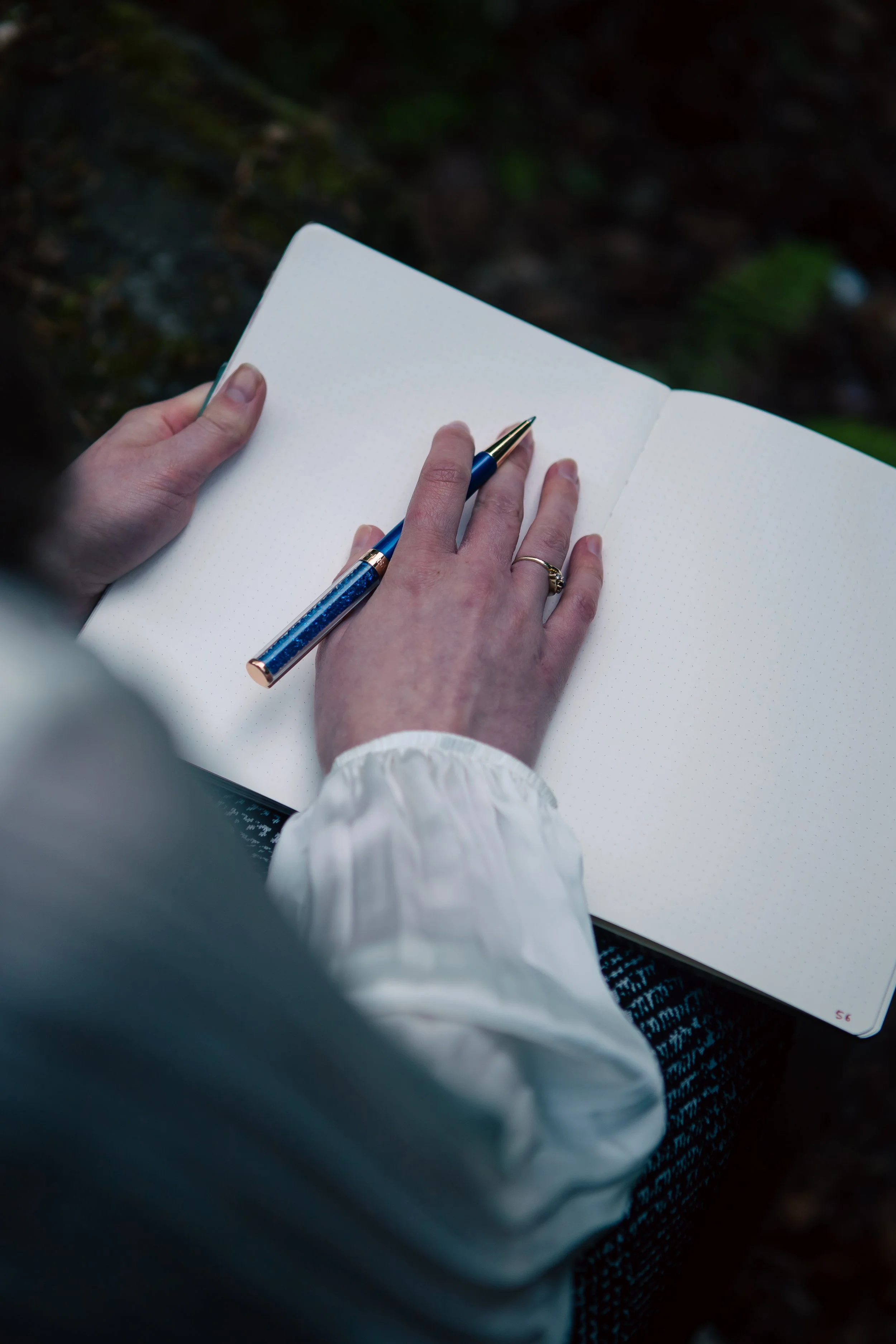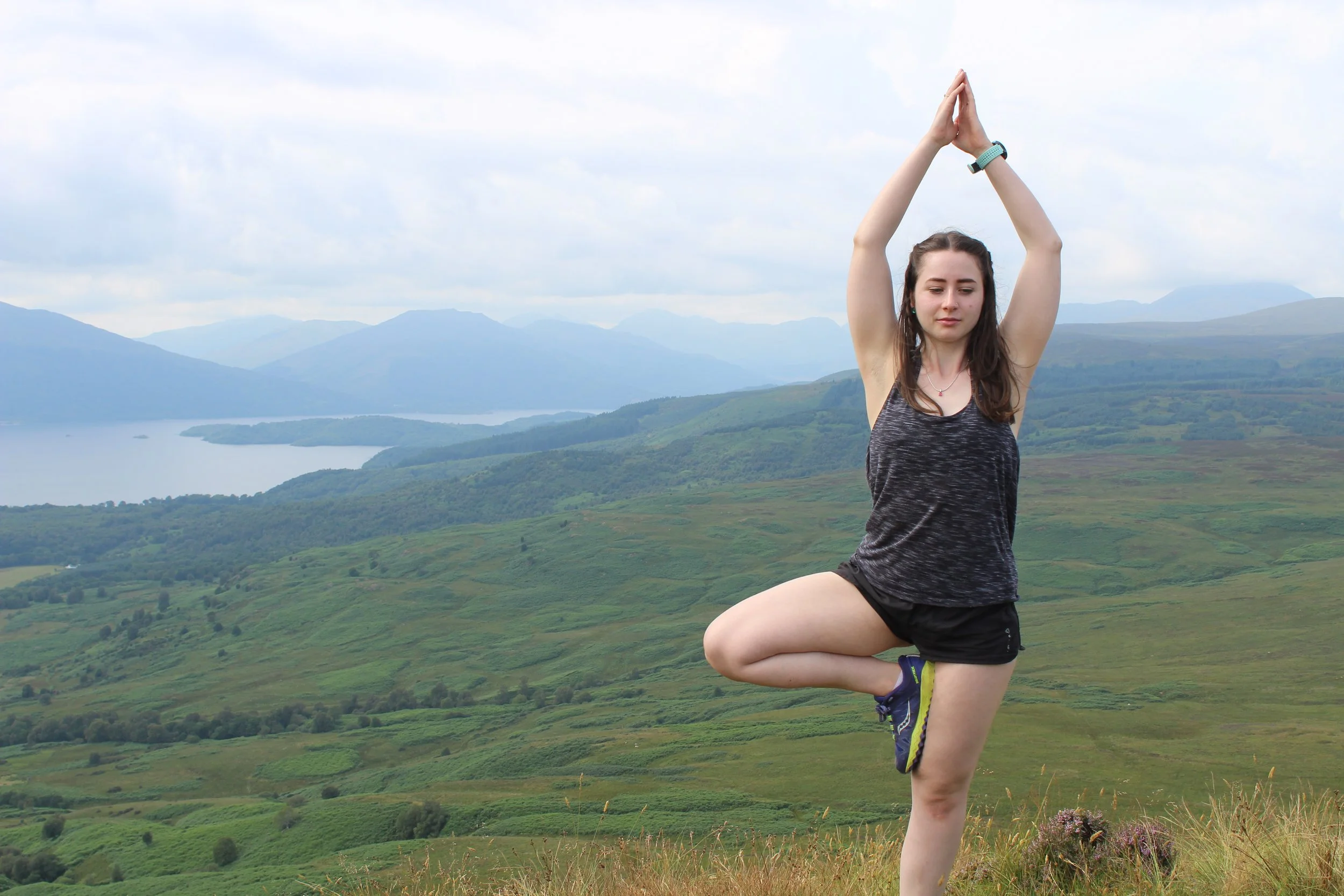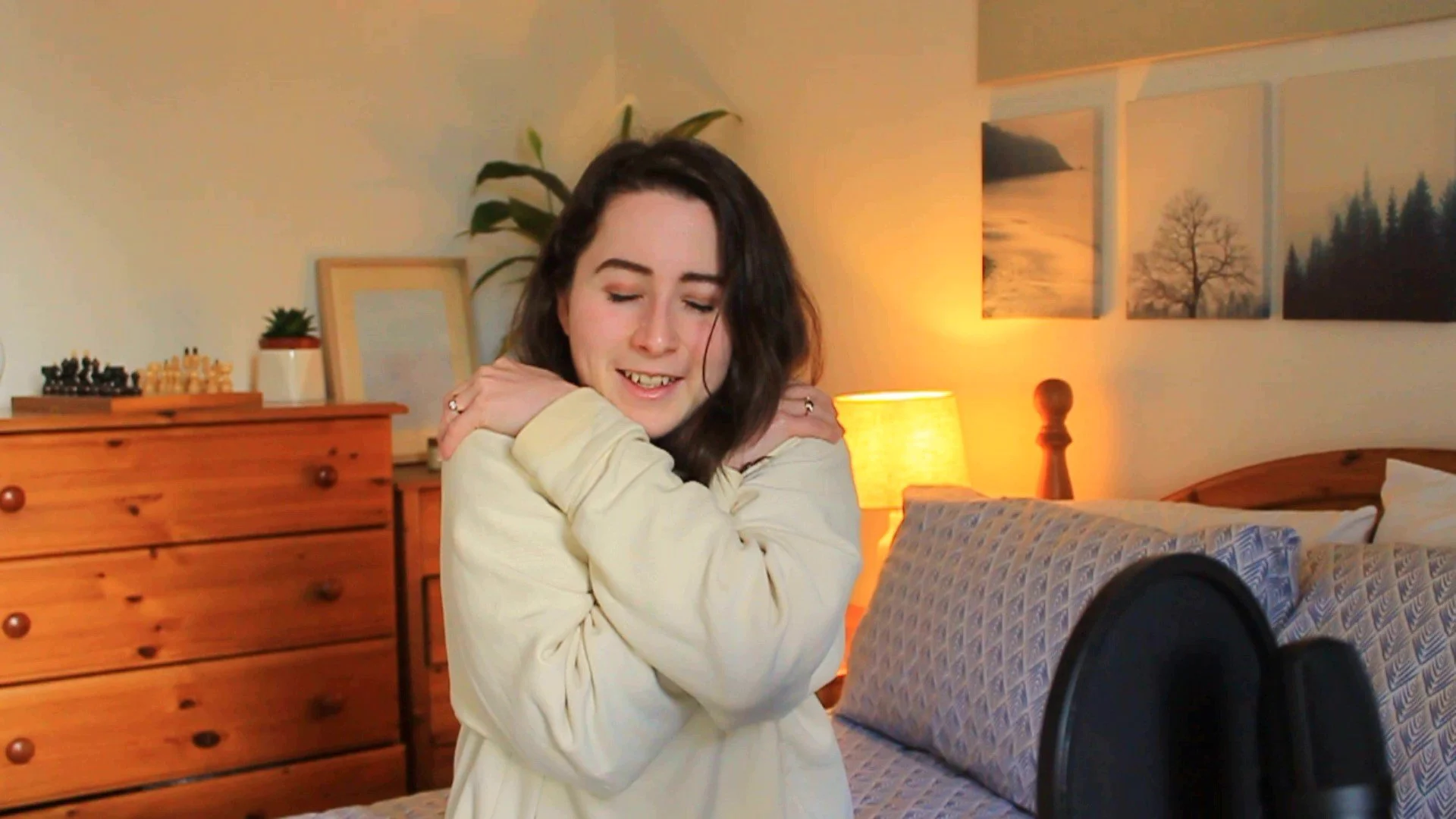How To Feel Calmer In 10 Minutes
Last week, seemingly out of nowhere, I nearly had a panic attack.
I don’t share this in an attempt to garner sympathy, but rather - to share a victory.
The thing is, a few years ago, I would have been overcome. This time, I overcame.
Today, I’m sharing some things that helped me to feel calmer.
Whether you yourself suffer from panic attacks, or whether more general stress and anxiety ails you, these techniques are designed to help you feel calmer in 10 minutes or less.
It’s worth saying though, that I share these things more from the perspective of a recovered patient, than that of a doctor. Some of these items were learned from counsellors, some from personal research, and some from my mum, who happens to be a psychiatrist.
You are welcome to take what helps you, and leave what doesn’t!
To begin, find yourself a safe place - somewhere peaceful and comforting like a favourite chair or a garden. If that’s unavailable to you in the moment, simply close your eyes or soften your gaze, tune out external stimuli, and find a quiet place within yourself.
Technique #1
Deep breathing
The first technique, which you may have heard before, is deep breathing. When you feel anxious there can be a tendency to take shallow breaths – this leads to less oxygen being circulated around the brain and heightened blood pressure, which will make you feel even worse.
There are many kinds of breathwork but the one I’ve personally found most helpful is a technique known as box breathing. First, breathe in for four counts, hold for four, breathe out for four, and then hold for four at the bottom. You can repeat this four times or until you feel a sense of ease.
Technique #2
Talk to yourself
The next thing sounds funny but I find that it really works
-
and that is to talk to yourself.
.Start by acknowledging and validating how you’re feeling - but then counter your anxious thoughts with balance and reality.
For example, you may say
“I know things feel really hard right now, but you’ll have the strength to tackle it after a good night’s sleep.”
Or
“I acknowledge that you feel overwhelmed by everything you need to do, but your internal worth is not based upon your external work.”
By giving yourself a fresh and kind message, you can start to shift away from anxious thought patterns.
Technique #3
Grounding with Something Cold
Another helpful thing that can calm feelings of panic and anxiety, is to ground yourself with something cold. This is one that I’ve used since I was a wee girl. Whenever I felt stressed or overwhelmed at school I used to go into bathrooms and run my wrists under cold water - somehow, it would help to clear my head and ground me back in reality.
Some other ways you can use this calming technique is by holding a cool stone or ice cube in your hand, taking a cold shower.
Or my personal favourite - going for a wild swim at the sea or in a lake.
Technique #4
Grounding in Nature
This brings us onto number four, which is to ground yourself in nature. If possible, go outside and take a walk somewhere beautiful, where you can admire the trees and listen to the birdsong.
Nature activities like hiking among the mountains or gazing up at the stars have an incredible way of bringing a sense of perspective, which can help alleviate anxiety.
If you’re in an office or in the city and unable to get outside at a moment’s notice, then having a plant on your desk can be a good alternative. Even examining a leaf or a flower petal in your hand can be enough to distract your mind from your worries, and give a sense of perspective.
Technique #5
Move Ya Body
I’m also a massive advocate of movement medicine as moving the body can help to move the mindset. Something as simple as a solo dance party in your bedroom or doing 5 minutes of stretching can serve as a productive outlet for feelings of stress.
Technique #6
Meet Your Needs
So much of learning to calm anxiety I’ve found is a matter of learning to parent ourselves.
Much in the same way that a parents will go through a mental checklist to work out why their child is crying - we need to do the same for ourselves. Babies get so worked up because something is wrong but there is nothing they can do about it - and they need to get the message across to their caregiver.
I think that feelings of anxiety, upset, and stress are the same thing - simply a message that our body and emotions are conveying to try to get us to take action. So over to you:
Have you been eating well?
Drinking enough water?
Giving yourself rest, fresh air and movement?
Does your environment reflect your individual lifestyle needs?
If, after all this, you still feel rubbish, I want you to try this final thing.
First, place your right hand on your left shoulder. Then, place your left hand on your right shoulder. Now give yourself a squeeze -
because sometimes, what you really need is a cuddle. That’s a hug from me to you, and until next time, it was lovely to have you here.



